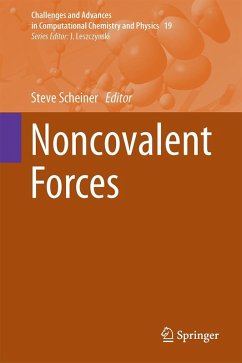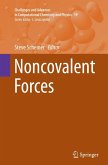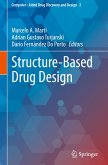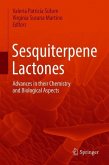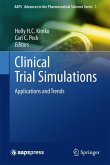Computational methods, and in particular quantum chemistry, have taken the lead in our growing understanding of noncovalent forces, as well as in their categorization. This volume describes the current state of the art in terms of what we now know, and the current questions requiring answers in the future. Topics range from very strong (ionic) to very weak (CH--pi) interactions. In the intermediate regime, forces to be considered are H-bonds, particularly CH--O and OH--metal, halogen, chalcogen, pnicogen and tetrel bonds, aromatic stacking, dihydrogen bonds, and those involving radicals. Applications include drug development and predictions of crystal structure.
Bitte wählen Sie Ihr Anliegen aus.
Rechnungen
Retourenschein anfordern
Bestellstatus
Storno

